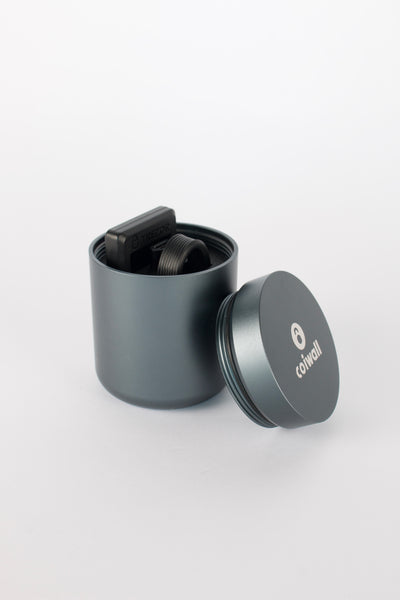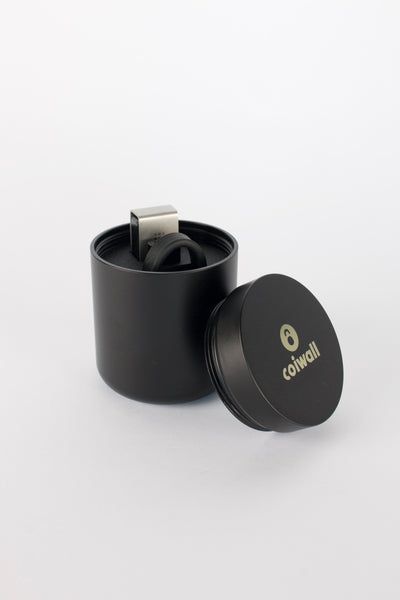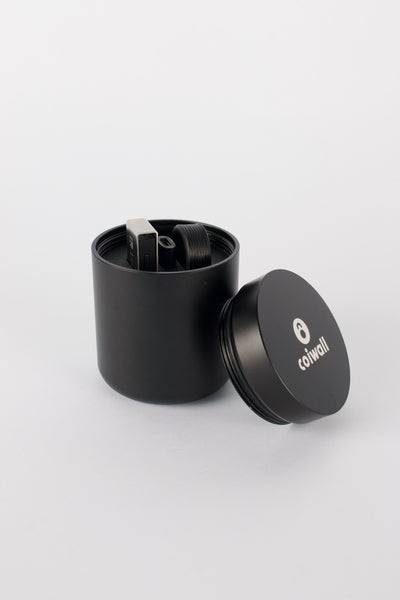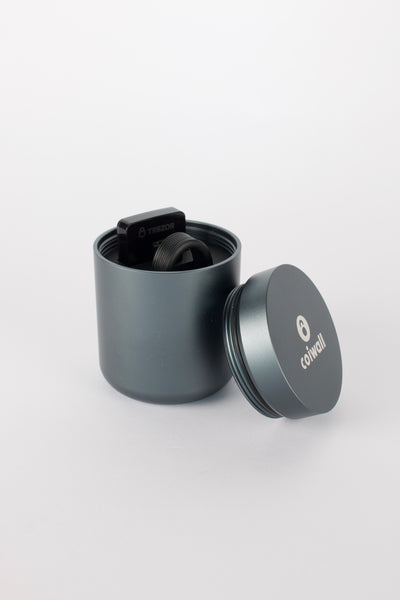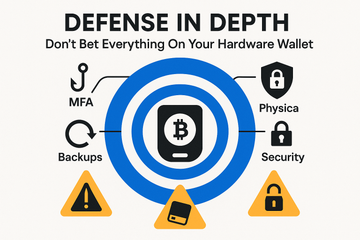Let’s set the scene. You’ve finally picked up a shiny new hardware wallet—maybe a Trezor or a Ledger, the Mercedes and BMW of the crypto garage, and you’re feeling invincible. Cryptocurrency? Secured. Hackers? Let ‘em try. But here’s the thing: while a hardware wallet is a beast when it comes to offline protection, stopping there is kind of like buying a state-of-the-art safe and leaving the combination on a sticky note beside it. Wild, right?
Look Who’s Talking: Myths & Daydreams
People talk about hardware wallets like they’re some kind of magic talisman. Don’t get me wrong, they’re brilliant. The best ones (yes, I mean both Ledger and Trezor) lock up your private keys far from prying eyes—think “Fort Knox deep in the Swiss Alps.” But trusting a single gadget to shoulder all your digital security? That’s like wearing a raincoat in a hurricane and thinking you’ll stay dry. It’s a piece of the puzzle, not the whole picture.
Why Even Bother? The Human Factor
So why dig deeper? Well, because humans are, well… human. We’re forgetful, sometimes careless—let’s be real, who hasn’t jotted down a password on a napkin at least once under pressure? Hardware wallets fend off online threats by storing your keys offline, but they can’t save you from phishing scams or that one dodgy download you clicked at 2 a.m. after too much coffee. Even the best-designed devices can be undone by a clever con or just a simple mistake.
It’s Not Just About Hackers
The truth is, many crypto losses happen because of good old-fashioned user error—losing seed phrases, misplacing backups, or sharing info accidentally. There’s no “forgot password” button in crypto. Lose access, and you’re out of luck. Hardware wallets can’t solve those problems—only layered habits and a bit of old-fashioned paranoia do the trick.
Add Another Brick: Layering Security Like a Pro
This is where the concept of 'defense in depth' comes to play—a bit like locking your door, setting a security system, and getting a (friendly) guard dog. Sure, the hardware wallet sits at the heart, but it’s the ensemble cast that keeps your assets truly safe. What else is essential?
- Multi-Factor Authentication (MFA): Yes, even with a cold wallet, you should enable MFA everywhere you manage crypto—think exchanges, password managers, or even your email.
- Backups Done Right: And I don’t mean emailing your seed phrase to yourself. Use encrypted, offline backups or—if you’re feeling ultra-cautious—engrave it on metal (there are nifty steel plates made just for this).
- Phishing Awareness: Familiarize yourself with common digital traps—imitation websites, Telegram scammers, you name it. The best hardware wallet can’t save you if you’re tricked into handing over sensitive info.
- Physical Security: Sounds simple, but don’t overlook it. Keep your wallet (and those backup phrases) somewhere only you can reach. A fireproof safe never hurts.
Common Pitfalls That Catch Even the Smartest
Ever met someone who’s lost their entire crypto stash because they trusted just one device? Yep, happens more often than you’d think. And while Ledger and Trezor wallets are robust, they’re not immune to supply chain shenanigans or social engineering stunts. Bad actors love targeting your shipping address with tampered packages. Honestly, always buy your hardware wallet directly from the manufacturer’s page (and keep an eye out for broken seals or odd packaging quirks).
Another biggie? Poor backup management. Let’s say you made a backup of your recovery phrase, felt smug, then forgot where you hid it. Well, that's a plot twist no one wants. Or maybe someone snaps a photo for 'just in case,' uploads it to cloud storage, and—bam!—now it’s on some server and one phishing email away from disaster.
Tying It All Together: Behavior is Your Best Friend (or Foe)
Here’s a truth nobody likes to hear: even the best hardware wallet is only as secure as its user. You can buy an armored truck for your gold, but if you leave the keys on the dashboard, you get the idea. Your habits matter. Develop a ritual: regularly check for updates on your device (manufacturers like Ledger and Trezor are excellent about this), review your backup locations, and keep your eyes peeled for anything sketchy in your inbox.
Actually, sometimes staying informed means going beyond standard protocol. There’s an entire cottage industry of people who specialize in physical and digital security. Following reputable crypto security Twitter accounts—or joining community chats—can alert you to emerging threats and helpful tips before they hit mainstream news.
Let’s Talk Paranoia: Is It Ever Enough?
Maybe this feels a little over the top. Triple-checking backups, testing restores, locking recovery phrases in a hidden vault—sure, it sounds like spy movie stuff. But let’s face it, the stakes are real. Crypto doesn’t have chargebacks or do-overs. And with values fluctuating wildly, small mistakes today can become very costly regrets tomorrow.
You know what? A touch of healthy skepticism is your new best friend. Keep your radar up without slipping into outright paranoia. Ask yourself, “Who else knows my setup?” or “What happens if my house floods or catches fire?” If you’re prepared for the curveballs, you’ll sleep easier.
Seasonal Warning: Stay Sharp During Frenzies
One last heads-up—security lapses often spike in bull runs, tax season, or after big headlines. FOMO leads to fast—and sometimes careless—actions. Scams, fake giveaways, and phishing attempts mushroom during these periods. Slow down and stick to your rituals no matter how tempting that next hot token looks. This is when the basics save you from disaster.
The Bottom Line: Build, Don’t Bet
Stacking security measures isn’t about distrusting your hardware wallet. It’s about realizing that no single tool—in crypto or life—is a fix-all. Use your Ledger or Trezor as the strongbox at your digital bank, but stand guard with commonsense habits, savvy backup practices, and a bit of practiced skepticism. Only then can you call your crypto truly yours—not just until the next clever trickster comes knocking.
Ready to boost your defenses? Start today. Your future self, trust me, will thank you for that extra layer of care.

